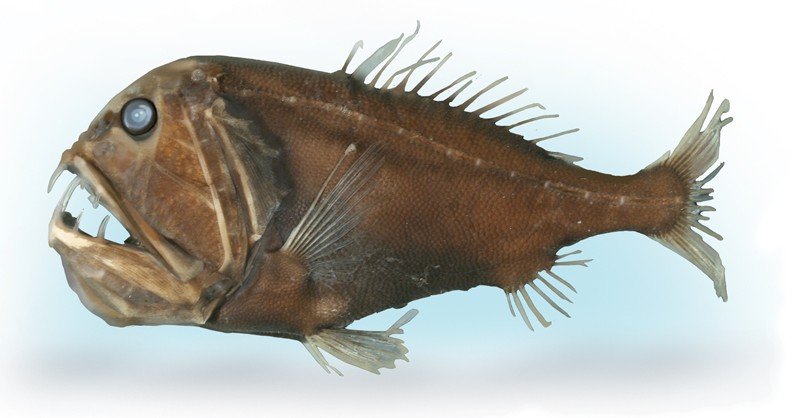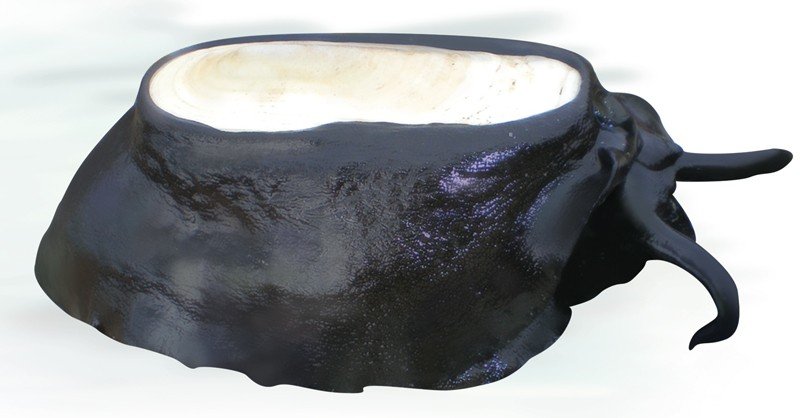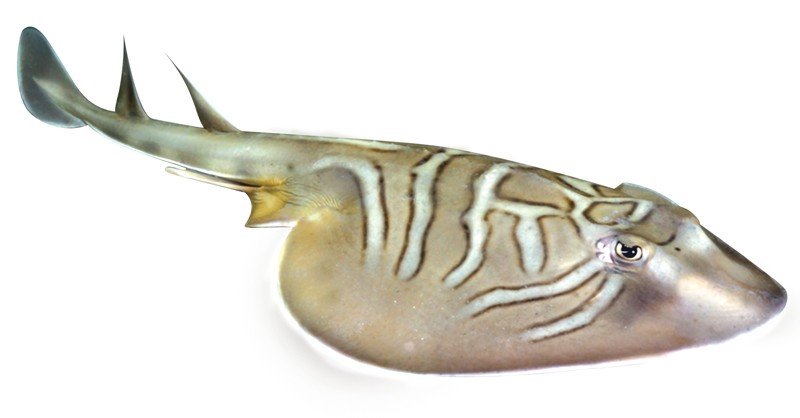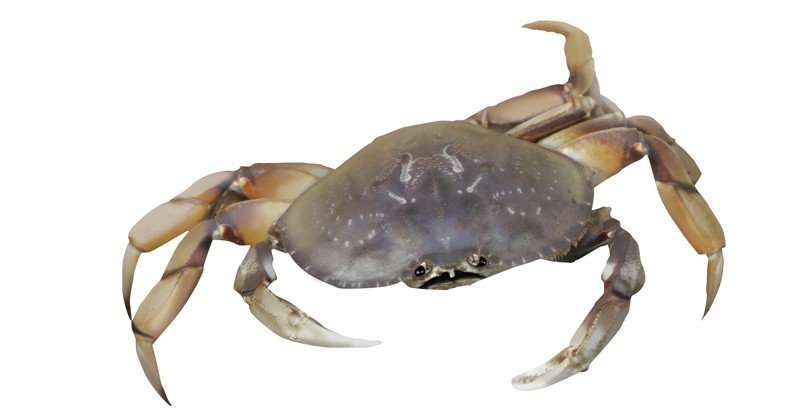221 Amazing Marine Animals Encyclopedia
 221 Amazing Marine Animals Encyclopedia compiles all the info about Marine Animals. Read their life routine, what they eat and how they live and more!
221 Amazing Marine Animals Encyclopedia compiles all the info about Marine Animals. Read their life routine, what they eat and how they live and more!
Fin Whale
Common name : Fin-backed whale, Finner, Common rorqual, Herring whale, Razorback Scientific name : Balaenoptera physalus Family : Balaenopteridae Native to : Oceans worldwide Interesting fact : Fin whales can swim up to a speed of 40 km per hour Conservation status : Endangered Measuring 18.5-22.0 metres long, fin whales are the second largest animals […]
Fiji Blue Devil Damsel Fish
Common name : Southseas devil, Southseas demoiselle, Fiji damsel Scientific name : Chrysiptera taupou Family : Pomacentridae Native to : Western Pacific Ocean Interesting fact : The male guards the eggs until they hatch. Conservation status : Not Evaluated This blue fish with neon-like reflections lives in lagoons and offshore coral reefs. It is an
Fiddler Stingray
Common name : Banjo shark, Fiddler, Green skate, Parrit, Southern fiddler ray Scientific name : Trygonorrhina fasciata Family : Rhinobatidae Native to : Australia Interesting fact : The egg capsule of the fiddler stingray is golden in colour. Conservation status : Least Concern Fiddler stingrays live in the shallow waters of sandy bays, rocky reefs
Fangtooth Fish
Common name : Common sabertooth, Common fangtooth Scientific name : Anoplogaster cornuta Family : Anoplogastridae Native to : Oceans worldwide Interesting fact : Despite its looks, the fangtooth fish is actually harmless and its scientific name ‘Anoplo’ means unarmed. Conservation status : Not Evaluated Living really deep in the sea, up to 5000 metres, is
Fan Worm
Common name : European fan worm, Feather duster worm, Mediterranean fan worm Scientific name : Sabella spallanzanii Family : Sabellidae Native to : East Atlantic and Mediterranean Interesting fact : When threatened, its crown is withdrawn into the tube. Conservation status : Not Evaluated Fan worms live in shallow waters attached to rocks, concrete, boat
False Killer Whale
Scientific name : Pseudorca crassidens Family : Delphinidae Native to : Temperate and Tropical waters worldwide Interesting fact : The scientific name ‘crassidens’ of the false killer whale means ‘thick-tooth’ referring to its fearsome conical teeth. Conservation status : Data Deficient False killer whales are huge growing 5-6 metres long and weighing 1200-2200 kg. Its
European Lobster
Common name : Common lobster, Clawed lobster Scientific name : Homarus gammarus Family : Nephropidae Native to : Widespread in North-East Atlantic,Mediterranean and Black Sea Interesting fact : They can swim backwards using their soft and flexible tails. Conservation status : Least Concern The European lobster has an asymmetrical pair of pincers with one for
Epaulette Shark
Common name : Carpet shark, Cat shark, Blind shark, Walking shark Scientific name : Hemiscyllium ocellatum Family : Hemiscylliidae Native to : Australia and New Guinea Interesting fact : To cope with oxygen depletion during night, the shark increases the blood supply to its brain by shutting down non-essential neural functions. Conservation status : Least
Emperor Shrimp
Common name : Imperial cleaner shrimp,Emperor partner shrimp Scientific name : Periclimenes imperator Family : Palaemonidae Native to : Indo-Pacific region Interesting fact : The emperor shrimp will perform a manicure if a diver happens to put his hand near it. Conservation status : Not Evaluated You can find emperor shrimps hanging upside down, on
Elephant Snail
Common name : Roman shield Scientific name : Scutus antipodes Family : Fissurellidae Native to : Australia Interesting fact : Elephant snails have a well-developed sense of light and can tell light and shade apart. Conservation status : Not Evaluated The elephant snail looks like someone stepped on it. Its jet-black body has an oval-shaped,
Elephant Seal (Northern)
Common name : Northern elephant seal Scientific name : Mirounga angustirostris Family : Phocidae Interesting fact : Elephant seals can hold theirbreath under water for up to 2 hours. Conservation status : Least concern The elephant seal has a trunk-like proboscis (that of an elephant) that can produce loud noises. There are two types–the Northern
Elegant Firefish
Common name : Purple firefish Scientific name : Nemateleotris decora Family : Microdesmidae Native to : Indo-West Pacific region Interesting fact : Elegant firefish are highly monogamous with couples building a nest and taking turns guarding it. Conservation status : Not Evaluated Living among reefs, sandy patches and rubble is this slender, colourful fish with
Electric Eel
Scientific name : Electrophorus electricus Family : Gymnotidae Native to : Worldwide Oceans Interesting fact : Electric eels have cells called electrocytes that produce electricity. Conservation status : Least Concern These are about 800 species of this snake-like fish living in the shallow waters of the ocean. Some are found deeper and others live in
Eastern Fiddler Ray
Common name : Banjo shark Scientific name : Trygonorrhina fasciata Family : Rhinobatidae Native to : Australia Conservation status : Least Concern The eastern fiddler ray is a guitarfish found in shallow coastal sandy bays, seagrass beds and rocky reefs. They are brown with shades of yellow or olive and distinctive triangular patterns behind their
Dungeness Crab
Common name : Cancer magister Scientific name : Metacarcinus magister Family : Cancridae Native to : West coast of America Interesting fact : It is named after a place called Dungeness in Washington, where it is found in abundance. Conservation status : Not Evaluated Dungeness crabs live in eelgrass beds and water bottoms and are
















